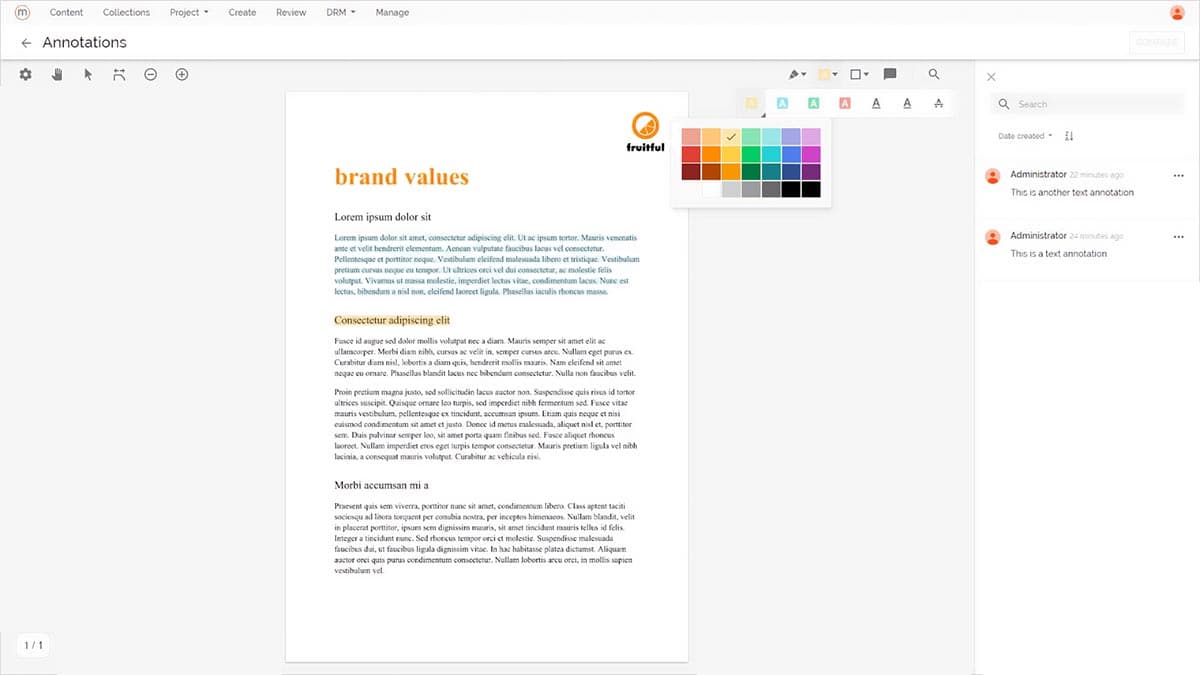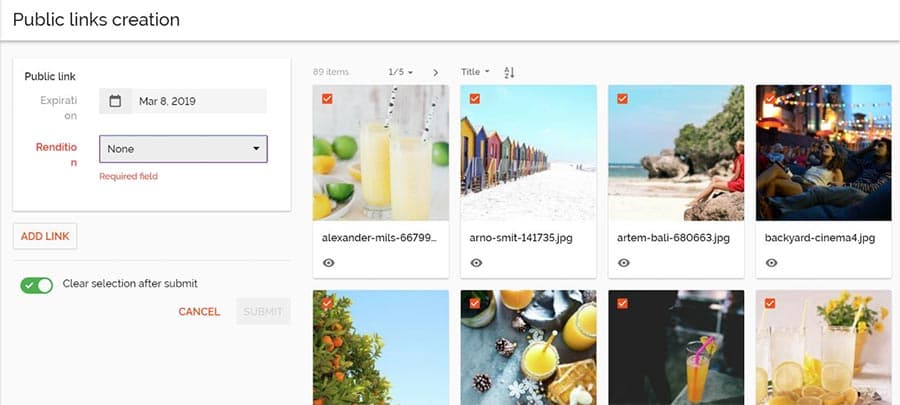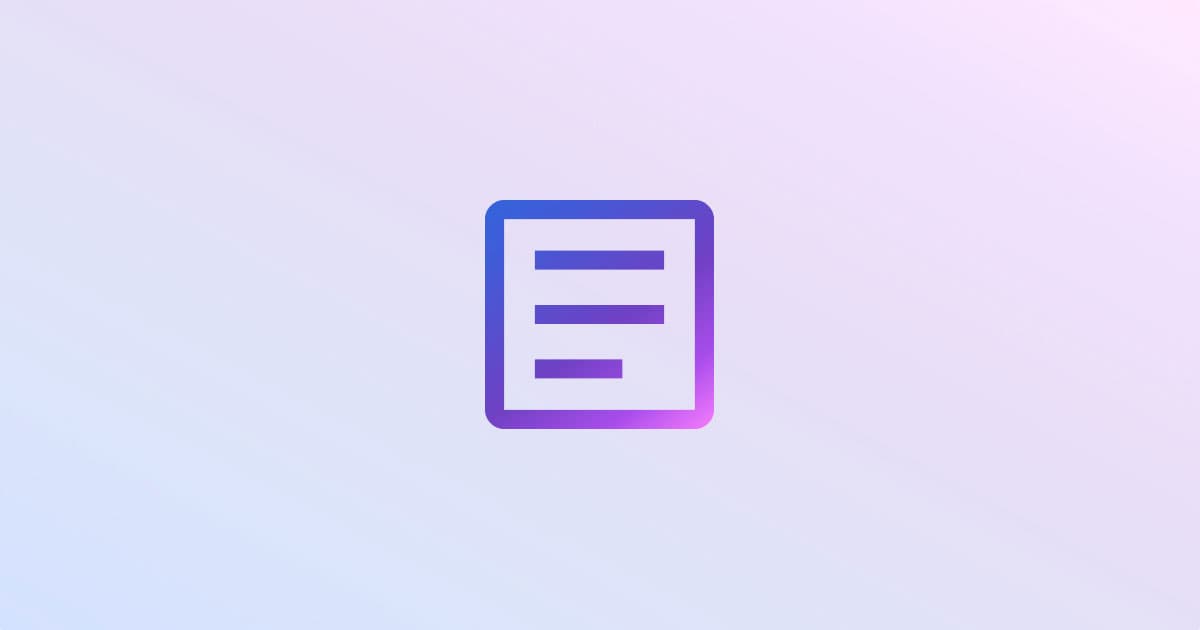

Dec 15, 2022
Learn what digital asset management (DAM) is and get pro tips for selecting the best DAM for your CMS platform.
Does your organization market across multiple channels?
Do you store assets on individual computers and use different file-sharing systems?’
Do you struggle with organizing and controlling access to your assets with people inside and outside your organization?
Do you have to go back to the design team or use expensive software just to crop an image?
If you relate to any of these pain points, it may be time to consider Digital Asset Management (DAM) as a solution.
What is a Digital Asset Management (DAM) system?
Digital Asset Management (DAM) is a central repository for all of the assets and media you use for web and digital marketing, print and outdoor advertising, collateral for conferences and trade shows, and even television commercials. Imagine all of your marketing assets in one system that makes it easy to search, share, and edit everything your internal team and external vendors need to get work done more efficiently.
5 key features every DAM should have
No matter what DAM solution you use, at a minimum, it should include the essential features you need to significantly streamline asset management, saving your team time and boosting your bottom line. These are those five features.
1. Metadata management
Metadata is the information attached to each asset. These attributes include title, alt text, upload date, and keywords. This helps you organize and search all of your assets.
For instance, the creative team could label all assets of a project with “Our Big Project” so that when the marketing wants to see all assets relating to a project, they do a search for “Our Big Project” and they will see all assets related to that keyword.
-
Having relevant metadata helps SEO ranking and accessibility while making your images more searchable within your DAM.
-
Even with the best organizational structure in place, when you’re dealing with this many assets, you’re going to be relying on search to find what you need efficiently — which is why having robust tag and metadata management capabilities is so important.
-
With metadata management, you can also bulk edit multiple assets at once, allowing you to efficiently update your assets without having to manually edit each one individually.
2. Versioning and duplicate management
Asset versioning and duplicate asset recognition is another key feature of any DAM solution. Asset versioning allows you to track changes and compare different versions of a particular asset side-by-side.
Duplicate asset recognition uses AI to help identify any variations of an asset. When you upload an asset, the DAM will recognize any possible duplicates of that asset. If the version you need is already there, you can use that existing version, saving you the time and trouble of recreating the same asset. This also ensures that you don’t end up with multiple copies of the same asset.
3. Collaboration and task management features
Collaboration, task management, and process management are also critical aspects of any good DAM system. For example, if your marketing and creative team are working together on a particular asset, a good DAM will capture the back-and-forth conversation between team members, allowing you to see what changes were made, when, and why.

DAMs can also allow you to assign a status to an asset, such as “in progress” or “needs to be reviewed,” so users can see whether an asset is ready to be used and if not, what stage of production it’s in.
You can configure an automated workflow with permissions for any asset as soon as you upload it by setting required status markers and steps for approval. This allows you to restrict access to the appropriate team members, and avoid anyone seeing assets before they’re ready on particularly sensitive marketing campaigns.
4. Sharing, distribution, and publishing capabilities
Everyone wants a fast time to market. DAMs streamline the process of publishing and sharing assets, so your customers can see your content faster. You can easily create links for any asset, to share with your team internally and your customers and partners externally:

Once you’re ready to publish your assets, a good DAM is designed to make distribution faster and easier by using connectors which integrate directly with your various content marketing channels. This allows your marketing team to publish from a centralized location, instead of having to publish things individually on separate platforms.
5. Easy to use, with several supported integrations
A DAM system should simplify your process and make things easier, not harder. So, most DAMs have a very clean and simple UI to reduce visual clutter in an asset management system.
A good DAM also integrates with the different platforms (Sitecore, Adobe Creative Cloud, Microsoft Office, Salesforce Marketing Cloud, etc.) that your marketers and creative team use with these assets. When you’re looking for a DAM, carefully review which types of integrations they offer to ensure you’re able to achieve the level of integration you need.
How to choose the right DAM for you
You don’t want to make an investment without knowing exactly what you need. We recommend creating a requirements matrix of your “must have” and “nice to have” features.
The next step is to schedule demos with the DAM vendors you’re considering. This can be a time consuming process and you might find it helpful to have some technical folks who are familiar with systems integration, to help ask questions and translate. We’re happy to help you with this. Just schedule a time to chat!
Related Insights
This site is protected by reCAPTCHA and the Google Privacy Policy and Terms of Service apply.







